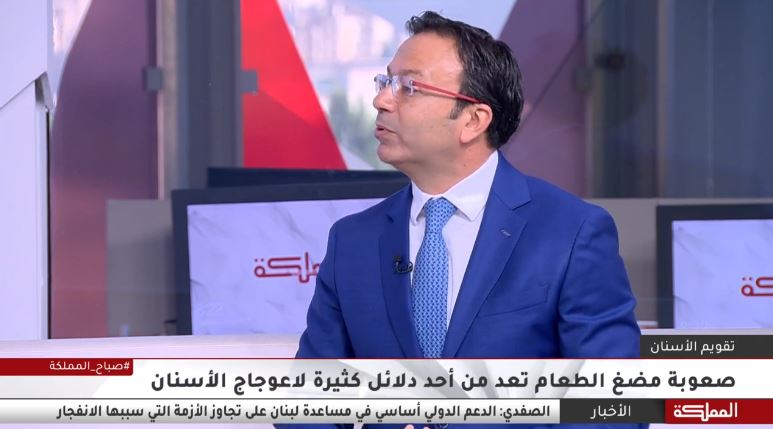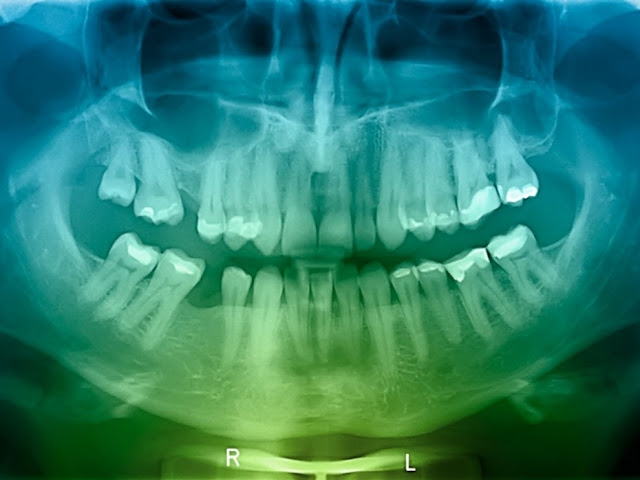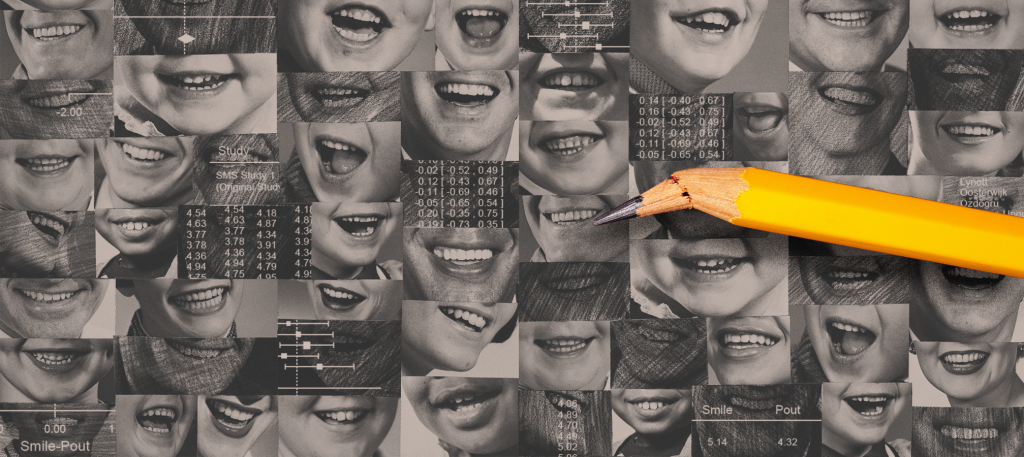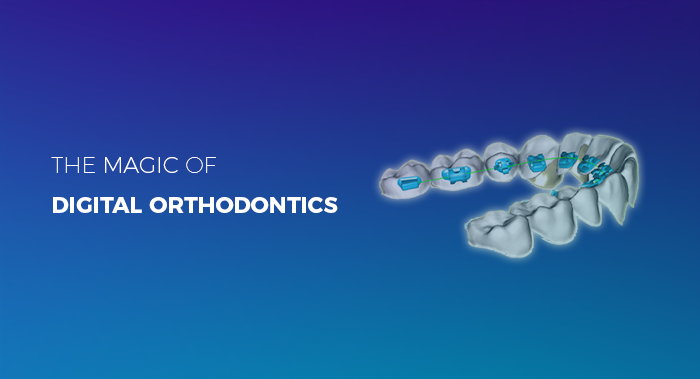
Interview with Dr. Samer Sunna, Orthodontist


ما هو تقويم الأسنان؟ ما هو تقويم الأسنان؟ ومتى يحتاجه الشخص؟ استشاري تقويم الأسنان والفكين، الدكتور سامر الصنّاع، يُجيب #هنا_المملكة Posted by AlMamlaka TV – قناة المملكة on Monday, 10 August 2020


Teeth constitute a permanent and faithful biological archive of the entirety of the individual’s life, from tooth formation to death, a team of researchers has found. Its work provides new evidence of the impact that events, such as reproduction and imprisonment, have on an organism. “Our results make clear that the skeleton is not a static organ, but rather a […]

Smiling really can make people feel happier, according to a new paper published in Psychological Bulletin. Coauthored by researchers at the University of Tennessee, Knoxville and Texas A&M, the paper looked at nearly 50 years of data testing whether facial expressions can lead people to feel the emotions related to those expressions. “Conventional wisdom tells us that we can feel […]

Before we get started, do me a favor and grab a pen or a pencil. Now hold it between your teeth, as if you were about to try to write with it. Don’t let your lips touch it. Sit with it, and pay attention to how you feel. Are you glum? Cheerful? Confused? Is that any different than how you […]

The field of orthodontics has been keeping up with the exciting new medical advancements currently sweeping across the medical field; digital and computer technologies are a tool we frequently utilize here at Sunna Orthodontics in order to better serve our patients seeking braces, clear aligners or any other type of orthodontic care! Specifically, digital imaging and advanced graphic interfaces are […]

A Basic Guide For Parents On How Braces Work During the process of getting braces, patients and parents often express tremendous curiosity about how braces work to straighten teeth. Many patients are also curious as to why some people’s brace have to stay on so long – occasionally, braces will stay on for 3 to 4 years! To answer some of […]

When on vacation, fun in the sun and down time with your family and friends can overshadow taking care of your braces. However, maintaining strong oral health practices is the key to a lifetime of healthy smiles! The team at Sunna Orthodontics have put together a list of must-have items for those with braces when you’re on vacation: Floss Picks, […]

For most adults who want straighter teeth, braces aren’t always the first choice of treatment. While some adult patients may specifically require them, many adults would prefer a more discreet, but still fully effective option for teeth straightening. Instead of braces, many adults turn to invisible aligners. The best part about invisible aligners is that at a conversational distance, friends and colleagues won’t […]